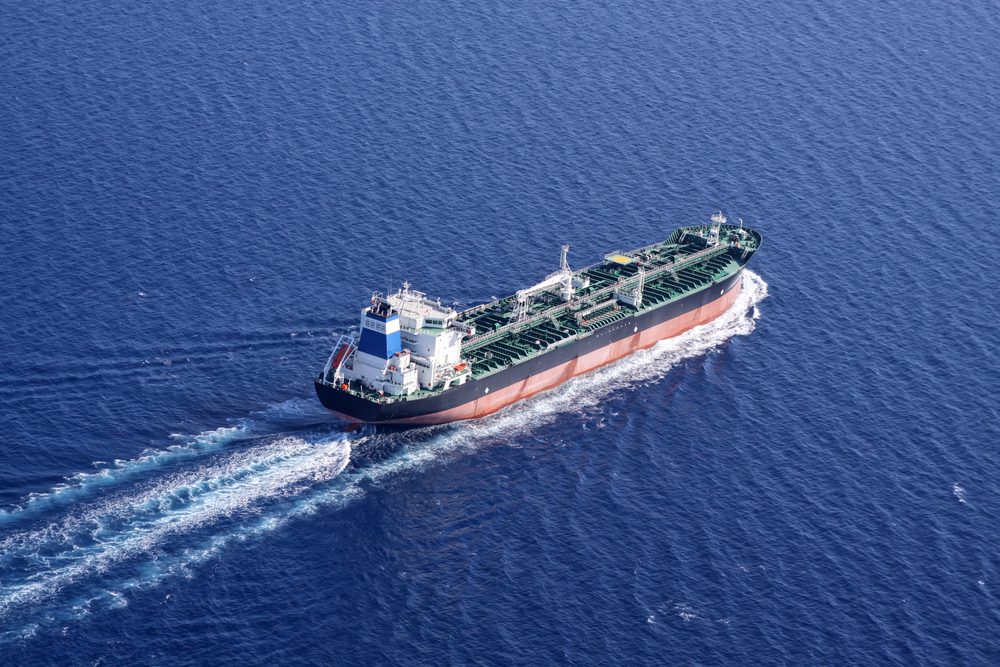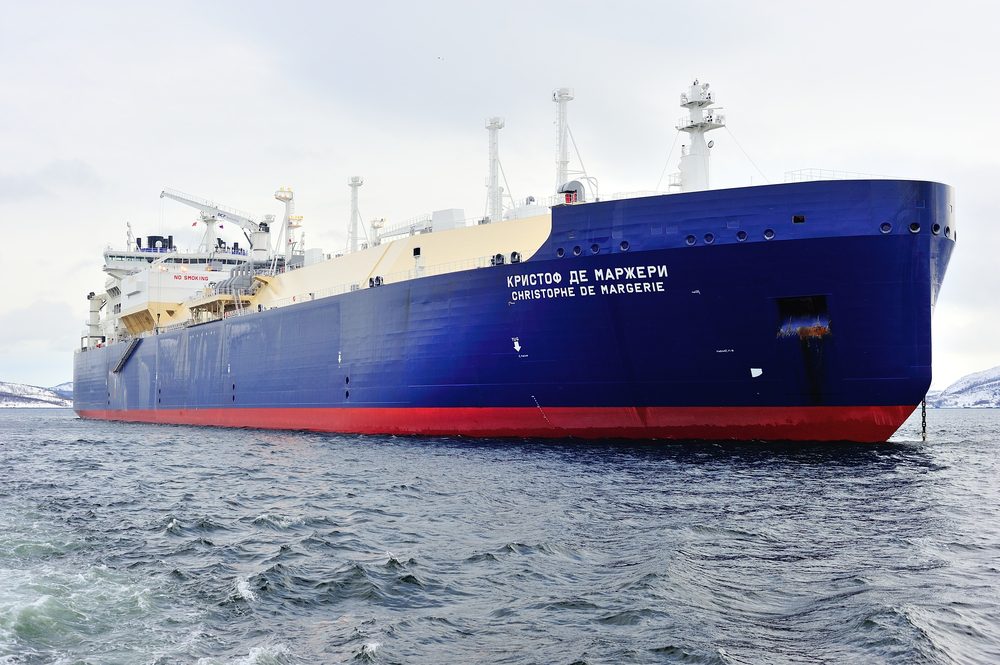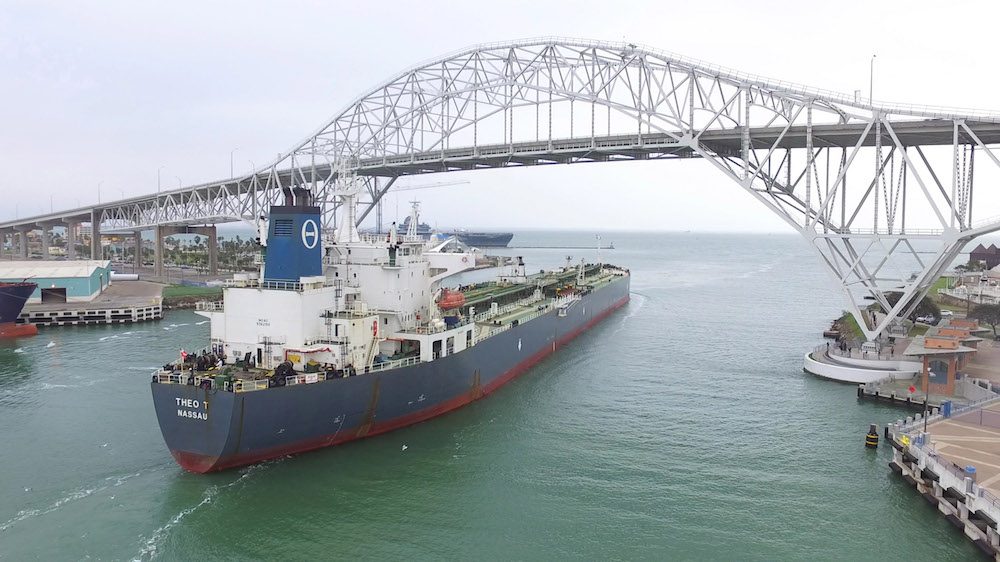By Chunzi Xu and Sheela Tobben (Bloomberg) The global search for fuel after Russia’s war has thrust the US Gulf Coast into the role of a main supplier to the world, driving a new surge in demand for tankers to ship gasoline and diesel.
This thirst for US-made fuel is so great that it’s driven the cost of foreign-flagged vessels often used for exports to be on par if not higher than Jones Act ships. The latter typically commands hefty premiums as they exclusively move goods between US ports because they are required to be American-built, registered and crewed.
Expensive freight is “purely a reflection of market demand” for fuel after the Russian war disrupted crude oil supply to refineries, said Ed Emmett, a fellow in energy and transportation Policy at Rice University’s Baker Institute. “So now people are having to buy product from the United States.”
The tanker rates highlight how surging demand abroad for US fuel is driving record high prices for American consumers. The US gasoline and diesel market is poised to remain tight after it lost more than a million barrels a day of refining capacity over the last few years.
Rates to move gasoline and diesel from the US Gulf Coast to the East Coast of Canada have more than doubled since Russia’s invasion of Ukraine and are more expensive than a Jones Act journey from the Gulf Coast to New York Harbor in recent weeks, according to data from price reporting agency Argus Media.
US gasoline exports — most of which come out of the Gulf Coast — surged to the highest since December, 2018 last week, thanks largely to robust demand from Mexico. Distillates exports have risen as well with Brazil, Argentina and Mexico all seeking US supplies to fulfill domestic shortages. In addition, Europe has also been shipping more gasoline to the US East Coast on the same type of vessel – a clean mid-range ship that carries around 300,000 barrels of fuel.
“The clean international tanker market remains very strong, with elevated rates, primarily due to geographical price arbitrage,” said Randy Giveans, Executive Vice President for Business Development and Investor Relations at Navigator, a shipping company.
Jones Act freight rates to move fuel from the US Gulf Coast to East Coast are typically $1.5-$2 a barrel higher than similar international routes, enough to keep such movement largely limited. As a result, East Coast fuel markets are largely supplied via the Colonial pipeline, overseas imports and local production.
Waiving the Jones Act requirement to allow foreign vessels to move fuel between US ports has been brought up as one of President Joe Biden’s options for alleviating potential fuel shortages on the East Coast. But at the current rates, the waiver would not help and the reverse — using Jones Act vessels for exports — might make more sense.
“Because of the rising freight rates for international ships, JA clean ships may now want to start offering export services,” Giveans said. “But probably not much as the international tankers will fully satisfy that demand. There are enough foreign tankers to meet the export needs.”
No Jones Act vessels have been used for exports recently, according to Argus.
Still the surge in leasing rates for foreign ships may not last long. “I think a lot of that depends on how long the war go on,” Emmett said.
© 2022 Bloomberg L.P.

 Join The Club
Join The Club











